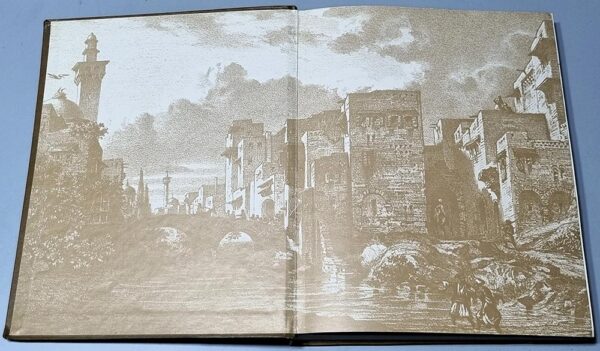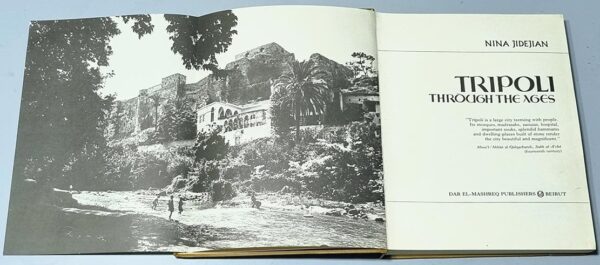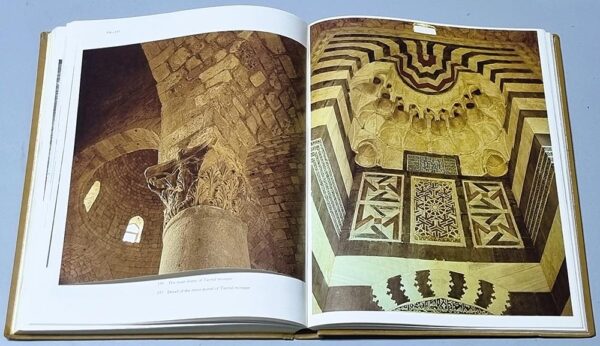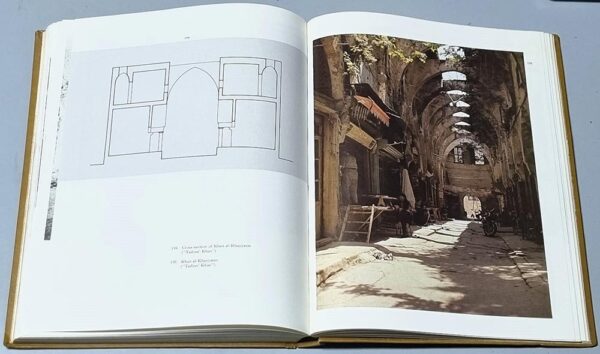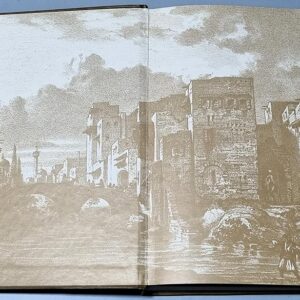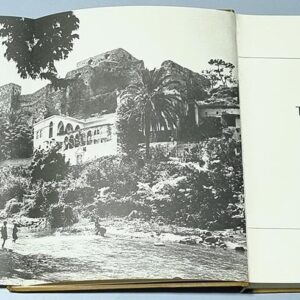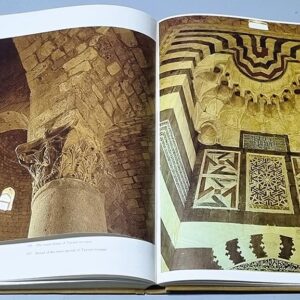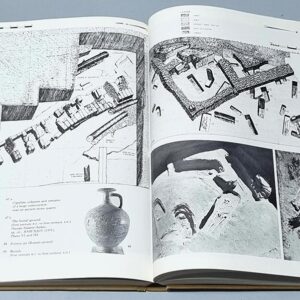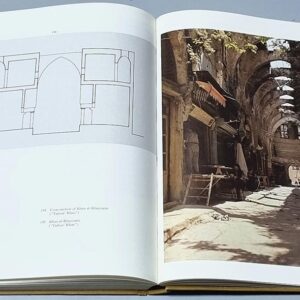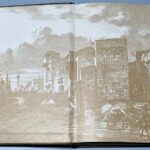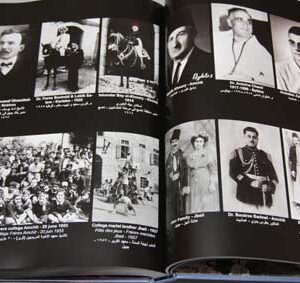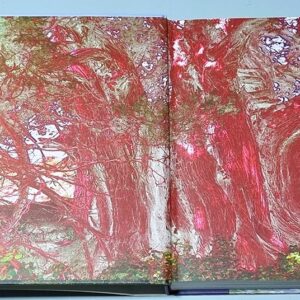Tripoli through the Ages
$ 69.00
Tripoli through the Ages by Nina Jidejian.
- Description
- Shipping & Return
Description
LebanonPostcard presents the book Tripoli through the Ages by Nina Jidejian, a hardcover book, 28.5×23 cm, 256 pages – Dar El Mashreq Publishers Beirut.
“Tripoli is a large city teeming with people. Its mosques, madrasahs, zaouias, hospital, important souks, splendid hammams and dwelling places built of stone render the city beautiful and magnificent.” Abou’l ‘Abbas Al-Qalqachandi. Subh Al-A’cha (fourteenth century)
This volume on Tripoli brings to an end the series of books on Lebanon’s ancient coastal cities which I set out to write more than a decade ago. Unlike Lebanon’s other archaeological sites which until recently lay buried in ruins, Tripoli (medieval Tarabulus) has flourished and lived on through the centuries until the present time. The Mamluk quarters of the old city teem today with people and activity just as they did in the days of Abou’l-‘Abbas al-Qalqachandi and in this constant contrast between the old and the new lies the charm of Tripoli, the “three-cities-in-one”.
It is noteworthy that modern Tripoli still retains its ancient configuration of “three cities” comprising the port area called al-Mina today and the two inland districts of al-Kubba and Abou Samra divided from each other by the Abou Ali River.
Came the Greeks, Romans, Byzantines and Arabs. About 1095 the Banu Ammar emirs of Tripoli turned the city into a thriving intellectual center and donated to it a school and a library (Dar al-‘ilm) which contained no less than one hundred thousand precious volumes. During the First Crusade Raymond of Saint-Gilles, Count of Toulouse, was determined to carve out a Frankish county of his own in north Lebanon and lay siege to Tripoli. The city fell on June 10, 1109 to the combined Crusader forces led by none other than the Latin king of Jerusalem himself.
In 1289 the Mamluk sultan Qala’un, at the head of a large army, lay siege to Crusader Tripoli. He destroyed the port city and set it ablaze. Unwilling to expose Arab Tripoli to attack by Crusader fleets from Cyprus, he founded a new city inland in the shadow of the Castle of Saint-Gilles. Under the Slave-Sultans of Egypt Tarabulus enjoyed a tremendous economic and cultural revival. Its numerous richly decorated mosques, madrasahs, hammams and khans make Tripoli unique as the sole depository in Lebanon of Mamluk art and architectural treasures.
LebanonPostcard will be responsible for sending the book you order, through a fast courier with a tracking number, guaranteeing reception of the package. The book may take between two and five days to arrive, according to the country it is sent to.
a. View or Modify What is in Your Shopping Cart.
When in the Shopping Cart area of the site you can view or modify what is in your shopping cart at any time by clicking on the Add More Items/Refresh Totals button along the bottom of your screen.
b. Checking Out and pay for your purchases online.
When you have finished viewing and wish to end your shopping and pay for the items you have selected, click on the Pay & Finish button at the bottom of your screen.
You will be led through a series of secure ordering procedures and will be asked to fill in personal, shipping and payment option information. When this is completed, you will press the Submit Secure Checkout button and your order will be transmitted to LebanonPostcard for fulfillment.
Absolutely not! Right up until the point why you are asked to review the order information you have given us and if it is correct to click on the final Submit Secure Order button, you can abort the order.
If you don't press the Submit Secure Order button then no order information is transmitted to us.
a. Payment by Credit Card
We accept American Express, MasterCard, Visa, Discover, PayPal... etc... for online payments through 2CheckOut.com. Also, arrangements can be made for bank draft and certified check payments by regular post.
b. Payment by Bank Draft and Certified Check
If you would prefer to pay for your purchases by mail, then you have to contact us first so we can give you our account information.
c. We accept as well payment through WesternUnion, RIA, OMT, BOB Finance, Whish Money.
All prices include shipping and handling. LebanonPostcard will be responsible for sending the packages you order, at your charge, through the service D.H.L. / E.M.S. with tracking number code guaranteeing reception of the package.
We ship as soon as possible, but within maximum 4 days after the order is received.
Credit cards are not charged until we actually ship the items. The items may take between one and six days to arrive, according to the country they are sent to.
Packages are sent with track code to guarantee reception, and delay is rare. In the event of non-delivery or delay, nothing can be done for 7 days. At the end of this period, on our being informed, a demand will be made for the package to be traced. If 14 days after the first dispatch there is still no delivery, a second package will be sent free.
Packages inside Lebanon are sent registered through LibanPost to guarantee reception, and delay or non-delivery is rare. In the event of non-delivery, nothing can be done for 6 days. At the end of this period, on our being informed, a demand will be made to LibanPost for the package to be traced. If 12 days after the first dispatch there is still no delivery, a second package will be sent free.
We ship anywhere in the world. Zones and countries we ship to
Yes. You can cancel you order when you receive an email from us confirming your order, you can reply by canceling it.

